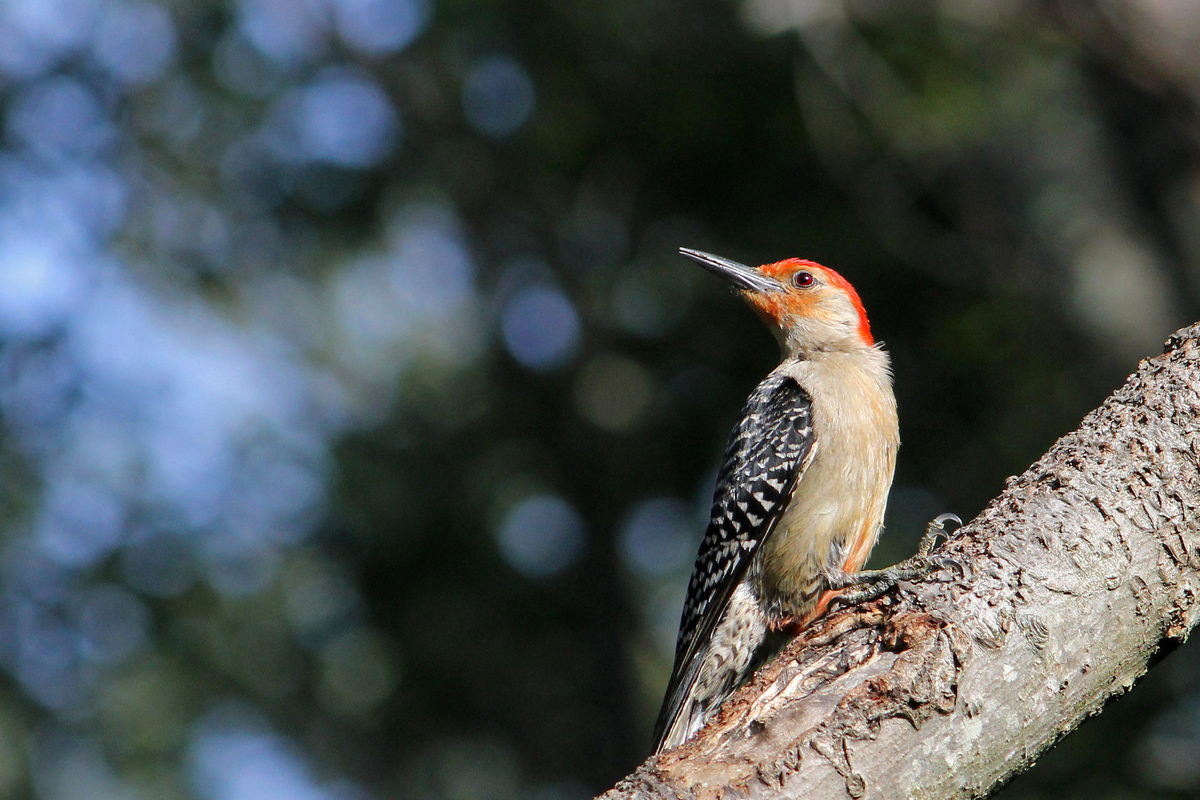Discovering Woodpeckers in Florida: Species Variety and Nature
Discovering Woodpeckers in Florida: Species Variety and Nature
Blog Article
Revealing the Keys of Woodpeckers: Habits, Environment, and Much More
Woodpeckers, with their distinct actions and specialized adaptations, have actually long fascinated scientists and nature fanatics alike. By discovering the mysteries bordering woodpeckers' actions and habitat selections, a deeper understanding of these bird marvels emerges, using a peek into their interesting world.
Woodpecker Actions Insights
In examining woodpecker behavior, an interesting display of specialized abilities and adjustments emerges, losing light on their amazing ecological particular niche. Woodpeckers, recognized for their distinct drumming on trees, possess a variety of behavior characteristics that add to their survival and success in their atmosphere.
Furthermore, woodpeckers exhibit a distinct feeding behavior characterized by their capability to remove insects from tree bark utilizing their specialized beaks. Their long, barbed tongues aid in catching prey, while their solid neck muscles give security and precision throughout pecking motions. This feeding strategy permits woodpeckers to access surprise insect larvae and extract them with amazing performance.
Environment Preferences and Choice
What variables affect the environment choices and choice of woodpeckers? One vital variable affecting woodpecker environment choice is the accessibility of appropriate nesting sites. Woodpeckers usually like forests with a mix of mature trees that supply enough possibilities for tooth cavity excavation.
Furthermore, woodpeckers show a preference for environments with a bountiful supply of food resources. They are mostly insectivorous, eating beetles, ants, larvae, and other insects located in decaying wood or tree bark. Woodpeckers have a tendency to favor woody areas with a varied insect populace to fulfill their nutritional requirements.
Moreover, the presence of dead or decaying trees is another vital variable in woodpecker environment choice. These trees not just supply food sources yet additionally supply suitable substratum for tooth cavity excavation. Dead trees are important for the upkeep of healthy and balanced woodpecker populations, as they play an essential function in the woodpeckers' life process and environment dynamics.
Feeding Behaviors and Diet Plan Structure
Woodpeckers show a specialized feeding actions concentrated on foraging for pests within different environments. Their diet plan largely includes pests such as beetles, ants, caterpillars, and spiders, which they situate by tapping on tree bark and paying attention for the audio of motion inside. Woodpeckers utilize their strong beaks to drill right into the wood and their lengthy, barbed tongues to extract victim from holes. Along with pests, woodpeckers also take in tree sap, fruits, nuts, and seeds, including selection to their diet plan relying check it out on the season and accessibility of food resources.
The foraging methods of woodpeckers are well-adapted to their arboreal way of life (Woodpeckers in Florida). Their capability to dig deep into timber not just supplies them with food yet additionally assists in producing nesting cavities and developing areas. Woodpeckers play a crucial role in maintaining the health of woodlands by regulating insect populaces and assisting in the disintegration of timber. Comprehending their feeding behaviors and diet regimen make-up is crucial for preservation initiatives focused on protecting these distinct and important birds.
Drumming Sounds and Interaction
Making use of fast drumming sounds on numerous surface areas, woodpeckers utilize a distinctive kind of communication to indicate territory borders and draw in mates. This drumming behavior is not just a means of interaction however also functions as a method for woodpeckers to establish their visibility within a specific area. The intensity, rate, and pattern of the drumming can convey crucial information to various other woodpeckers around.
Woodpeckers use drumming audios to announce their visibility in an area and to warn off prospective intruders. The loud and recurring nature of the drumming serves as a clear signal to other woodpeckers that the location is already declared. This helps in minimizing conflicts and decreasing physical conflicts in between individuals.

Survival Adaptations and Specialized Anatomy

Final Thought
Finally, woodpeckers exhibit unique behaviors, such as drumming audios for interaction, and have specialized composition for survival in their selected environments. Their feeding practices and diet make-up better demonstrate their adaptability to numerous atmospheres. By comprehending these aspects useful reference of woodpeckers, scientists and preservationists can much better protect and maintain these interesting birds and their communities.
Report this page